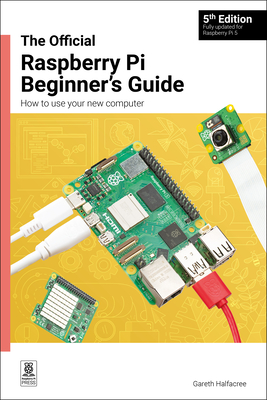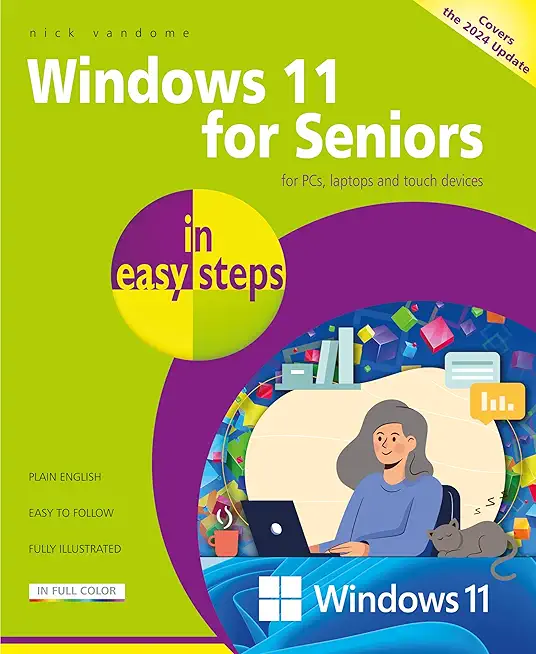ITIL V4 Foundation Certification Program Training in Oakland
Enroll in or hire us to teach our ITIL V4 Foundation Certification Program class in Oakland, California by calling us @303.377.6176. Like all HSG
classes, ITIL V4 Foundation Certification Program may be offered either onsite or via instructor led virtual training. Consider looking at our public training schedule to see if it
is scheduled: Public Training Classes
Provided there are enough attendees, ITIL V4 Foundation Certification Program may be taught at one of our local training facilities.
|
We offer private customized training for groups of 3 or more attendees.
|
||
Course Description |
||
| This certification course provides an introduction to ITIL V4 and how the global service management best practice has evolved to manage services holistically across a Service Value System (SVS).
ITIL V4 provides an end-to-end operating model for the delivery and operation of tech-enabled products and services. It enables IT teams to continue to play a crucial role in wider business strategy and also integrates concepts from other industry best practices such as Lean, Agile and DevOps.
The purpose of the ITIL V4 Foundation qualification is to introduce the management of modern IT-enabled services, to provide an understanding of the common language and key concepts, and to show how organizations and work can improve with the ITIL V4 guidance.
To receive certification, the candidate must successfully pass the ITIL V4 Foundation exam.
Course Length: 3 Days
Course Tuition: $1670 (US) |
||
Prerequisites |
|
| his certification is essential for anyone who works with products and services. | |
Course Outline |
|
Introduction to ITIL
ITIL overview
1. About ITIL
2. Best practice
3. Parties involved
ITIL Background
ITIL publications
1. ITIL core books
2. ITIL complementary publications
ITIL Qualification Scheme
1. Credit system & certification levels
2. ITIL certifications
3. About this course
4. The ITIL Foundation certification
5. About this exam
6. Exam hints
Service Management as a Practice
Best practice
1. Sources of best practice
2. Public frameworks vs. proprietary knowledge
3. The success of ITIL
4. Reasons for ITIL adoption
Functions & Roles
Processes
1. Process model
2. Process roles & responsibilities
3. Process characteristics
Services
1. Service roles & responsibilities
2. Customer & service types
3. Service categories
4. Comparing core, enabling & enhancing services
Service Management
1. IT service management (ITSM)
2. Stakeholders in service management
3. RACI model
4. Desired competencies
5. Skill frameworks
6. Training
Service Strategy
Introduction to service strategy
1. Purpose, objectives & scope
2. Value to the business
3. Service asset
4. Components of value
5. Economic value of a service
6. Service provider types
7. Value, utility & warranty
8. Planning for risk management
9. Patterns of business activity (PBA)
10. The role of governance
Service Portfolio Management (SPM)
1. Purpose, objectives & scope
2. Service portfolio
Financial Management for IT Services
1. Purpose, objectives & scope
2. Comparing financial cycles
3. Business case
Business Relationship Management
1. Purpose, objectives & scope
2. Meeting requirements
3. Comparing business relationship & service level management
Service Design
Introduction to service design
1. Purpose, objectives & scope
2. Value to the business
3. The four Ps
4. The 5 individual aspects of design
5. Service design package (SDP)
Design coordination
—Day 2—
Service Design (continued)
Service catalog management
1. Types of services
2. Two-view service catalog
3. Three-view service catalog
Service Level Management (SLM)
1. Purpose, objectives & scope
2. Activities
3. SLA structures
4. Sample SLAM or RAG chart
5. Service review
6. Service improvement plan (SIP)
7. Interfaces
Supplier Management
1. Purpose, objectives & scope
2. Activities
3. Supplier categorization
Availability Management
1. Purpose, objectives & scope
2. Expanded incident lifecycle
3. Vital business function (VBF)
4. Activities
Information Security Management (ISM)
1. Purpose, objectives & scope
2. Activities
Capacity Management
1. Purpose, objectives & scope
2. Relationships
3. Iterative activities
IT service Continuity Management (ITSCM)
1. Purpose, objectives & scope
2. Activities
3. Business impact analysis (BIA)
4. Management of risk
5. Sample recovery options
Service Transition
Introduction to service transition
1. Purpose, objectives & scope
2. Value to the business
Transition Planning & Support
Service asset & configuration management (SACM)
1. Purpose, objectives & scope
2. The logical configuration model or map
3. Configuration management system (CMS)
4. Relationship between the DML & CMS
5. Configuration baseline
Change Management
1. Purpose, objectives & scope
2. Normal change lifecycle
3. Process flow
4. Change proposals
5. Change consideration
6. Change authority
7. Change model
8. Sample change request types
9. Remediation planning
10. Interfaces to the business
11. Interfaces to service management
Release & Deployment Management
1. Purpose, objectives & scope
2. Sample release policy
3. Phases of release & deployment management
Knowledge Management
1. Purpose, objectives & scope
2. DIKW structure
3. Service knowledge management system (SKMS)
—Day 3—
Service Operation
Introduction to Service Operation
1. Purpose, objectives & scope
2. Value to the business
3. Good communication
Event Management
1. Purpose, objectives & scope
2. Event
3. Alert
Request Fulfillment
1. Purpose, objectives & scope
2. Service request
Incident Management
1. Purpose, objectives & scope
2. Key terms
3. Incident status tracking
4. Sample priority coding
5. Incident escalation
6. Activities
7. Incident closure checklist
8. Interfaces
Problem Management
1. Purpose, objectives & scope
2. Reactive & proactive problem management
3. Incident vs. problems
4. Key terms
5. Activities
6. Errors detected in the development environment
7. Interfaces
Access Management
Service desk
1. Roles, justification & objectives
2. Organizational structures
3. Specialized service desks
Technical Management
Application management
1. Roles & objectives
2. Application development & management teams
IT Operations Management
1. Roles
2. IT operations control
3. Facilities management
4. Objectives
Continual Service Improvement (CSI)
Introduction to CSI
1. Purpose & objectives
2. Defining successful outcomes
3. Scope
4. CSI approach
5. CSI register
6. Baselines
7. Metric types
8. From vision to measurements
9. The relationship between KPIs & CSFs
10. Qualitative vs. quantitative CSFs & KPIs
7-Step Improvement
1. Purpose, objectives & scope
2. The Deming cycle
3. Activities
Technology & Architecture
1. An integrated ITSM toolset
2. Service automation
3. Tool evaluation process
|
Course Directory [training on all levels]
Technical Training Courses
Software engineer/architect, System Admin ... Welcome!
- .NET Classes
- Agile/Scrum Classes
- AI Classes
- Ajax Classes
- Android and iPhone Programming Classes
- Blaze Advisor Classes
- C Programming Classes
- C# Programming Classes
- C++ Programming Classes
- Cisco Classes
- Cloud Classes
- CompTIA Classes
- Crystal Reports Classes
- Design Patterns Classes
- DevOps Classes
- Foundations of Web Design & Web Authoring Classes
- Git, Jira, Wicket, Gradle, Tableau Classes
- IBM Classes
- Java Programming Classes
- JBoss Administration Classes
- JUnit, TDD, CPTC, Web Penetration Classes
- Linux Unix Classes
- Machine Learning Classes
- Microsoft Classes
- Microsoft Development Classes
- Microsoft SQL Server Classes
- Microsoft Team Foundation Server Classes
- Microsoft Windows Server Classes
- Oracle, MySQL, Cassandra, Hadoop Database Classes
- Perl Programming Classes
- Python Programming Classes
- Ruby Programming Classes
- Security Classes
- SharePoint Classes
- SOA Classes
- Tcl, Awk, Bash, Shell Classes
- UML Classes
- VMWare Classes
- Web Development Classes
- Web Services Classes
- Weblogic Administration Classes
- XML Classes
Business Training Courses
Project Managers, Business Analysts, Paralegals ... Welcome!
Upcoming Classes
Gain insight and ideas from students with different perspectives and experiences.
- Object Oriented Analysis and Design Using UML
20 October, 2025 - 24 October, 2025 - Linux Fundaments GL120
22 September, 2025 - 26 September, 2025 - Fast Track to Java 17 and OO Development
18 August, 2025 - 22 August, 2025 - VMware vSphere 8.0 Skill Up
18 August, 2025 - 22 August, 2025 - RED HAT ENTERPRISE LINUX SYSTEMS ADMIN I
3 November, 2025 - 7 November, 2025 - See our complete public course listing






